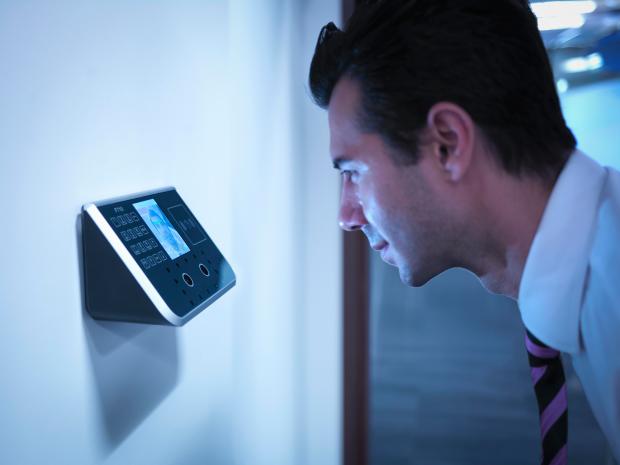What is Face ID? How Apple’s facial recognition works for the iPhone and iPad Pro
Ever wondered how your iPhone scans your face? We explain exactly how facial recognition works, and examine whether or not it's fair to call these systems "racist"

FACIAL recognition has the potential to revolutionise the security of our devices, and it's already available on some very popular gadgets – including the iPhone and new iPad Pro.
But what is it, how does it work, and is it racist? We've got all the answers below.
What is facial recognition?
Once the preserve of sci-fi movies, facial recognition is now a mainstream technology.
Basically, it's a way of identifying or verifying who a person by scanning their face with a computer.
Its main use is to make sure a person is who they say there are – like Apple's Face ID, which uses facial recognition to unlock the new iPhone X, iPhone XS, iPhone XR and new iPad Pro.
But it can also be used to identify people in crowds. Chinese police are using smart glasses linked up to a database of faces to spot criminals at railway stations, for instance.
How does facial recognition work? Apple's Face ID explained
There are lots of different ways facial recognition can work.
For example, some Samsung phones use iris scanners to verify your identity using your eyes.
But the most common method of facial recognition will identify features on your entire face.
Apple's Face ID for the iPhone is probably the most well-known facial recognition system, and it's not massively complicated.
Here are the steps your phone takes:
- The phone will use various sensors to work out how much light it needs to illuminate your face
- It then floods your face with infrared light, which is outside the visible spectrum of light
- A dot projector will produce more than 30,000 dots of this invisible light, creating a 3D map of your face
- An infrared camera will then capture images of this dot pattern
Once your phone has all that info, it can use your face's defining features – like your cheekbone shape, or the distance between your eyes – to verify your identity.
It computes a score between 0 and 1, and the closer it is to 1, the more likely it is that your face is the same as the one stored on your iPhone.
Apple says there's a one-in-a-million chance of someone else getting into your iPhone with Face ID, although the system has been tricked with twins.
Still, it's arguably better than the alternative: Apple's Touch ID fingerprint scanner has a one-in-50,000 chance if being fooled.
Is facial recognition racist?
As facial recognition systems become more popular, criticisms of the tech are growing.
One of the biggest concerns is about how facial recognition is "racist", potentially because many of the people creating these systems are white males.
Back in December, it emerged that a mum and her son – both Chinese – were both able to access the same iPhone X using Face ID.
The woman's husband contacted Apple, and was reportedly told that it was a rare issue caused by the two users looking very similar.
Google was also implicated in a facial recognition fail, after the company's Photos app algorithm automatically tagged two black people as "gorillas".
To fix this, Google ditched tagging for photos of gorillas and chimpanzees, in a bid to make sure it never happened again.
More recently, the MIT Media Lab found that facial recognition was biased towards white males.
According to a study that tested three different facial recognition systems (including one from Microsoft), the gender of white men was accurately identified 99% of the time.
For white women, this fell to 93%; and for darker-skinned men, the figure was 92%.
But for darker-skinned females, misidentification occurred in a staggering 35% of cases.
MOST READ IN TECH
It's unlikely that these examples are due to racist developers creating malicious algorithms. Instead, it's more likely that inherent biases show up in the work of developers.
It's also entirely possible that tracking features on darker skin tones is more difficult, and that developers may need to work harder to correct these apparent biases.
In any case, it's never been proven that facial recognition systems are purposefully "racist", so it's worth taking any such claims with a pinch of salt.
What do you think of Face ID? Let us know in the comments!
We pay for your stories! Do you have a story for The Sun Online news team? Email us at tips@the-sun.co.uk or call 0207 782 4368 . We pay for videos too. Click here to upload yours.















